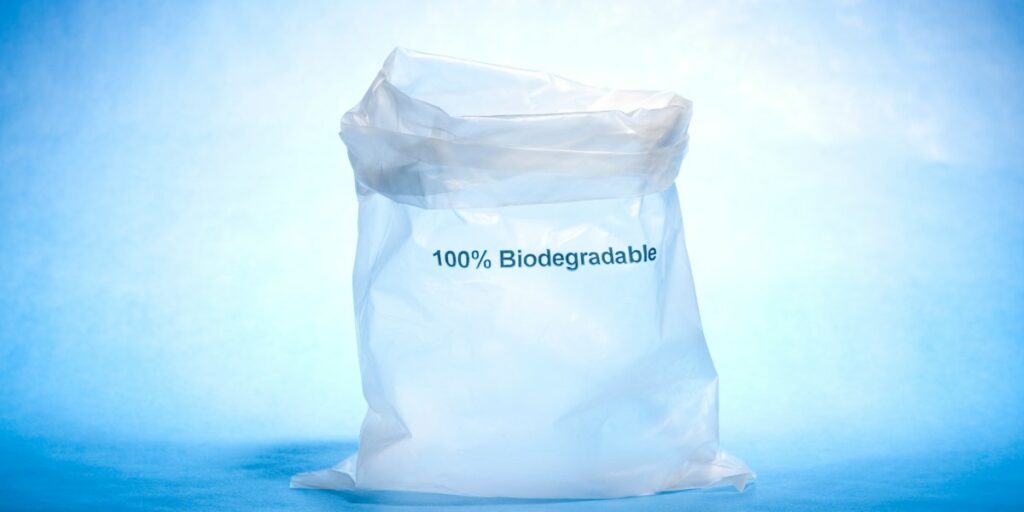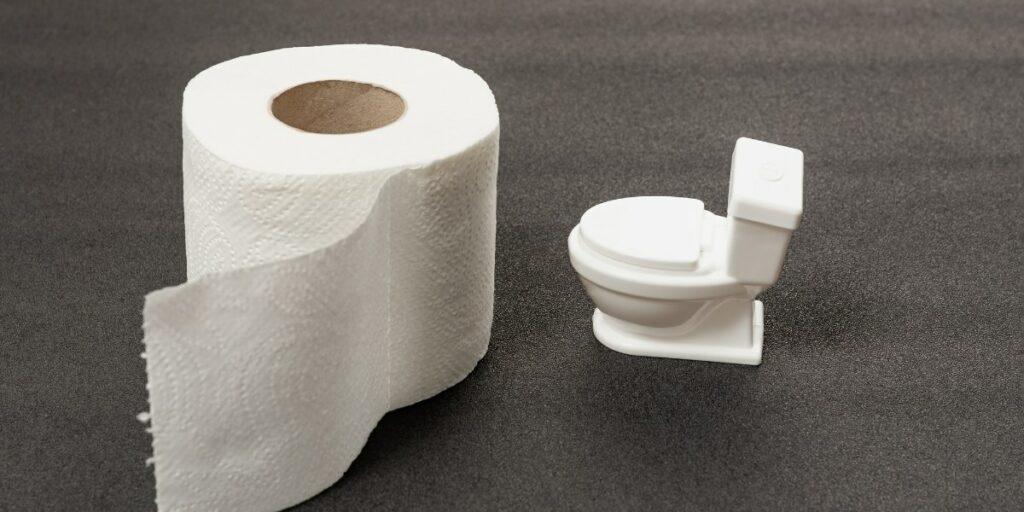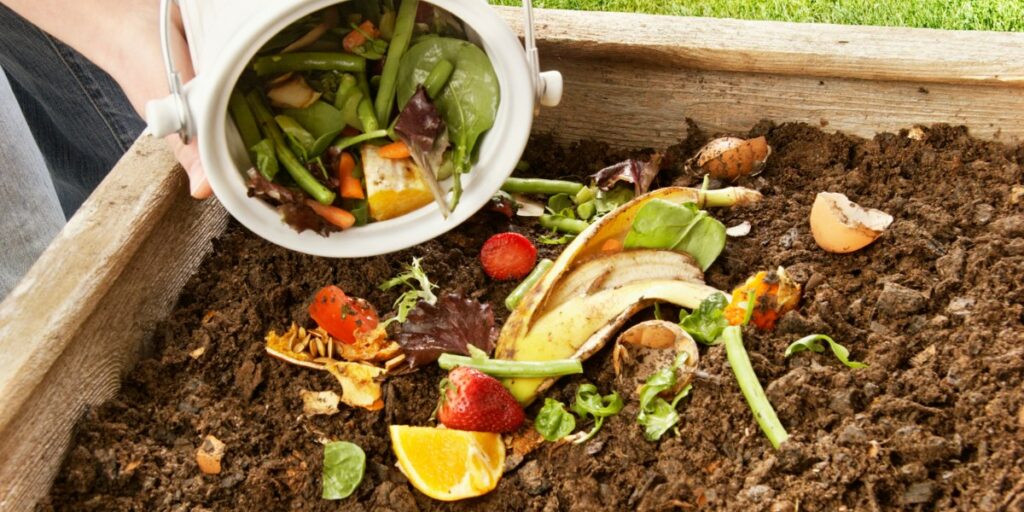There are a lot of things that you can do to have a more eco-friendly home. Some people may think this isn’t so, but being greener in your residence is certainly possible. Recyclable products of all kinds are getting easier to produce, driving companies to sell items that are much more affordable to consumers than they were in years past. All that is required for this is knowledge of what you should buy. If you don’t know, you’re not alone. Lots of people want to make their home green but have issues finding out how to start from the beginning. This guide will help you get an idea of the items that you need to fulfill the goals of an eco-friendly household.
Get your family or roommates to assist you if need be. By the time you’re finished, you’ll know where to begin and how to keep your place friendly for the environment.
An In-Depth look at ways to make Your Home Green: The Things that You’ll Need
To make things simpler, we’ll start with the items you should have on hand to commence making your home green. Most of them are easy to obtain, and you might already have some of the items laying around in your residence somewhere.
If you know that something could be difficult for you to find at a brick-and-mortar store, it’s recommended that you shop online for it. The benefit of getting it online is that you could potentially save money since there are typically more price reductions for green items on the web. With this being said, let’s take a look at the following items:
Kitchen Appliances
Take a look at your kitchen. It’s likely filled with products that you could get rid of. Everything, including your cookware and silverware, can be bought recycled. There are loads of brands that you can pick from. Most cooking and eating appliances that are recycled are marketed as green in their product descriptions.
Plastics: biodegradable plastic
Recycled and green plastic is much easier to find than it was in the past. You can look for biodegradable plastic or search for those that have BPA-free certification.

The Autodesk Building Performance Analysis in the US certifies products, and individual states have begun to ban the use of BPA plastics altogether. China has even banned their use, including other countries that manufacture plastics for export.
Bathroom Appliances
Your bathroom is a goldmine for trading everyday items over for greener products. Even toilet paper can be recycled, along with your shower curtains and floor matting. While looking in your kitchen, see if there are hygiene products that are made with animal products.
Having less of a dependency on items that are produced from the use of animals could indirectly reduce the carbon footprint of your home (along with the facilities that shelter such animals).
Items (and Ways) to Decrease Energy Consumption
Remember, making your home green will involve the use of lots of various items. You don’t want to limit yourself to just one thing and expect a significant reduction in your carbon footprint.
You need to be able to diversify. This means that electronics and the way you use them can greatly impact harm done to the environment. Here are more products that you should consider acquiring:
Electric Light Bulbs: are three options
When it comes to light bulbs, there are three options that’ll make your home’s lighting more energy efficient.
The first is LED bulbs. They’re pretty easy to find either online or in a physical store. The other two are halogen and fluorescent bulbs.
Overall, you’ll save up to 80 percent on energy consumption, possibly even a big drop in your monthly electricity bill. It’s hard to say how much you’ll save without considering the size of your home and other electrical appliances you have. However, light bulbs are a great place to start.
Solar Panels: to heat water

Solar panels are a great investment to make. Installing just two of them on your roof would be enough to heat water in your home. But if you really want to scale things up, having over ten could easily handle most of your home’s electrical needs. And because your home’s energy will receive power from the sun, you won’t be so dependent on your electric company to provide you with energy.
However, this is a big commitment and something that not every consumer can do. But if you can, you won’t be disappointed in the results.
Proper Insulation: another good insulator
A poorly insulated home will require more energy to keep it cool in the summer and warm during the winter months.
If there are any areas that you know aren’t properly insulated, go to your nearest home improvement retailer and see if they sell cellulose insulation. It’s manufactured from recycled newspapers and is very healthy for the environment. But even old clothing could be used for some rooms.
Surprising to some, cotton is a good material for trapping warm and cool air, so consider stuffing any hand-me-downs in your walls as an alternative. Polyurethane is another good insulator and can be sprayed. Out of all the different insulators described, this one is probably the easiest to apply and manage.
Composting
Composting is another crucial part of making your home green. Much of the trash that residents throw away daily can be broken down for use in gardening and lawn care.
A composting machine takes all the water out of your waste, drying it out for healthy bacterial growth that can later be used as a fertilizer alternative. You can find them online easily; there are many high-quality machines on the market right now.
Garden Tools
Growing your own food is a great way to reduce your dependence on grocery products. If more people did this, less pollution in our oceans and rivers would occur. And since many brands use plastic to wrap up various products, fossil fuel consumption would decrease.
Fruits and vegetables aren’t that hard to grow, so long as you know what you’re doing. Look online for gardening tips, and take advantage of compost to make a natural fertilizer.
The Foods that You Buy: be bought locally
Having already mentioned fruits and vegetables, you should also consider changing up the foods that you stock in your refrigerator and pantry. Organic products are good and can be bought locally, or at your grocery.
If you do aim to buy more fruits and vegetables that are organic, check out your city or town’s farmer’s market to see if there’s anything grown without the use of pesticides. Getting vegan or vegetarian meals is also a plus. However, it should be stated that you don’t have to completely change your diet to make an impact on pollution created by meat products and the resources that farms use when raising livestock.
Smart Cleaning Supplies
The average household has a lot of chemicals underneath their kitchen and bathroom cabinets. Some of these could not only be harmful to you but may end up in the ocean sometime after being thrown away. Buying non-toxic and natural cleaning items is much better. Furthermore, products with biodegradable plastic should be preferred.
No Pre-Rinse
Pre-rinsing your dishes can be wasteful, so consider turning this portion of the cycle off. To make up for the less time that the dishwater will have for cleaning your dirty cups and plates, give the content a brief rising prior to placing them on the dishwasher’s rack.
Keep it Full
You should always wait until you have a full load of dirty dishes to wash them. Turning on your dishwasher when it’s not full might be a hard habit to break, but it can be done. If you don’t want to see the dishes pile up in the sink, simply wash them by hand if it isn’t too time-consuming for you.
Consider Washing by Hand Sometimes
Picking up from the other tip, washing dishes by hand will lower your water waste. But it must be done in a way that actually saves the water.
Don’t allow your faucet to run while in the process of washing. Fill your sink with about a gallon of water, then add soap into the mix. Turn off the faucet and clean, transferring the soapy dishes to the other side of your sink. Rinse them off on this side as well. When the rinsing’s done, that’s it.
Use Organic Linens
You can buy organic linens for your bedsheets. And best of all, they’re usually inexpensive. Their quality of them is about the same as any other fabric. Just read the directions for washing them, and they should last for at least a couple of years.
Like all items produced through organic means, these will be advertised so that you know what you’re getting before you checkout. Shop at your favorite household appliances store or look online to see what’s available.
Conserving Water in the Bathroom
Since you already know what can be done in your kitchen, it’s time to move on to your bathroom.
Did you know that the average household has toilets that use over a gallon during the flushing process?
If your toilet is old, then the chances of it needing even more than this increase. Some models might even be about seven or eight gallons! If you want a replacement toilet that needs less water, look for brands that make low-flow toilets. A low-flow toilet may require only a gallon to flush and, in some cases, even less.
And remember that you can control the level of water fed into the bowl by turning the faucet handle, usually located in the back of the toilet itself. If it isn’t reachable, then don’t worry about it. In any case, low-flow toilets are ideal and can save a lot on monthly water costs.
Eco-Friendly Toilet Paper
Toilet paper can also be recycled. Most of it is produced from post-consumer recycled content, also known as PCR. It’s not made from already used toilet paper (obviously!) but gathered from the paper waste collected from used notebooks, ordinary books, etc.

Some brands have paper material that ranges from being incredibly thin to others that resemble thicker toilet paper that’s more familiar.
Natural Air Purifiers
You don’t have to rely on expensive means to purify the air in your home. There are tons of natural products that you can do this for you. One of the most popular is utilizing plants. Since plants absorb carbon dioxide and produce oxygen, having a house filled with them will smell better and have cleaner air.
The Spider Plant (also known as Chlorophytum comosum) makes for an outstanding air purifier that’s sold in lots of gardening stores. Salt lamps are another option. However, some of them require heat in order to work, which is fed by plugging into an electric outlet.
Lastly, beeswax candles release oxygen ions into the air when they’re burned. The burn is clean and results in hardly any smoke at all.
9 Steps to go green save and protect the environment
Going green isn’t just a trendy hashtag; it’s a necessary lifestyle shift to ensure a healthy and sustainable future for ourselves and generations to come. But where do we start? Don’t worry, you don’t have to become an eco-warrior overnight. Even small changes in your daily routine can make a big difference.
Step 1: Getting Started
Once you have several of the items shown above, you should be ready to make your home better for the environment. You don’t have to buy every single item mentioned. Try to focus on the things that are easiest for you to buy first, moving over to the bigger investments later down the line.
Step 2: Get rid of Anything you Don’t Need
The first step is to throw away any items that you know won’t be needed. Take out your old light bulbs and install the eco-friendly ones in their place. Use your old trash bags for storing items in your garage, replacing them with biodegradable bags. Save the old ones for as long as you can. When you add green bags to your trash can, remember that you could add them to your compost. Paper bags can be recycled in a lot of different ways, so get creative and use your imagination!
Step 3: Install New Lighting
Remove old bulbs for budget economyThe lights in your home can have a profound impact on the amount of energy consumed. You should try and replace all bulbs if you can, but focus on the rooms that are used the most. Living rooms and bedrooms are good locations to change out first. Once the new lights are in, you won’t likely have to buy new bulbs for a very long time. Like ordinary light bulbs, LEDs and fluorescent products will dim over time, letting you know when they need to be replaced.
Step 4: Clean Differently
Instead of cleaning up with chemicals, try and use more green cleaning solutions. One of the best is vinegar. Vinegar can be used to clean windows, floors, kitchen counters, bathtubs, and sinks. It also acts as a natural air purifier. Lemons can also be used. If you have lots of glass paneling around the home, simply run sliced lemons over the glass and wipe it down. It will take off soap scum and stains due to its high acidity level. You could even concoct your own cleaning solution! Try mixing baking soda, white vinegar, lemons, peroxide, and borax together. This simple formula can kill most bacteria and make your entire home smell great.
Step 5: Install a Solar Panel (If Possible)
If you end up getting solar panels, you might have to rely on a professional to install them for you. Make sure that the brand you buy has a good warranty policy. Also, understand the amount of sunlight you receive during the wintertime. Since the days are longer than the night during the end and beginning of the year, having electricity as a backup is a good idea, especially if it gets very cold in your region.
Step 6: Look at what you can do in Your Kitchen
As previously mentioned, using biodegradable trash bags is a good way to throw away items that you want to turn into compost. You could either give it to your city or county’s trash pickup or send it away to a place that has the tools needed for composing it. Check with your waste services to see if they’re capable of properly disposing of your recyclable material in a way that won’t harm the environment. It’s likely that they do. If you can’t do it in this manner, find a company that can put it away correctly, or tries to on your own with a compost machine only.
Step 7: Do an Insulation and Ventilation Change
Installing new Insulation could entail tearing down the sheetrock of your home. If you’re not comfortable with this, then don’t do it. Those who can also have to wait until a certain time to do it, whereby it isn’t a job that can be tackled immediately. You could hire a professional, but it’s best that you do it yourself if you’re packing in alternatives such as old clothing. When it comes to ventilation, open your windows and make use of the air outside whenever you can. It will save you costs on air conditioning during the summer months and allow air to flow inside without becoming stagnant.
Step 8: Try Composting

If you’re composting and plan to use the material for growing plants, this can be done in several ways. Use your composting machine and add in food waste such as vegetables, meats, and pet waste. Check with the product to see what you can and cannot add. Some composters don’t need additives, while others do. Still, putting in a bit of sawdust could help speed up the dehydration process. It may also lower the chances of the compost developing mold.
Step 9: Use less Water to Wash Dishes
This can be a hard one to accomplish, especially if you’re staying in a household with more than just yourself. Conserving water can have a huge influence on attempts to save water in your local area and beyond. It can just entail turning off the water when you brush your teeth, to taking shorter showers. But one of the biggest wastes of water could be your dishwasher. If you have an old unit, you should try and get it replaced with something that requires less water during the washing cycles. Yet even if you can’t, there are things that you can do to minimize your kitchen’s water consumption.
As described before, there are endless possibilities for you to ensure that your home is green. Don’t settle for what’s shown in the article. Try and come up with more ideas that aren’t listed. But just in case you’re having a hard time coming up with new ways, check out the pointers shown below:
Summary
If you liked the article, it’s suggested that you use it as a reference for things you can do to purify and make your home space greener. Take the time to look at the advice given, going over any areas that were skipped. There’s a lot of good information packed in, and you’ll be glad to have it around when you’re shopping for some of the products described.
Making your home eco-friendly has to start somewhere, and that most often begins with you and the personal choices you make when buying new things for your residence. It’s all for the environment, so more people participating is always a plus. Share what you’ve learned with friends, family, and your neighbors so that everyone close to you will also make a difference!

